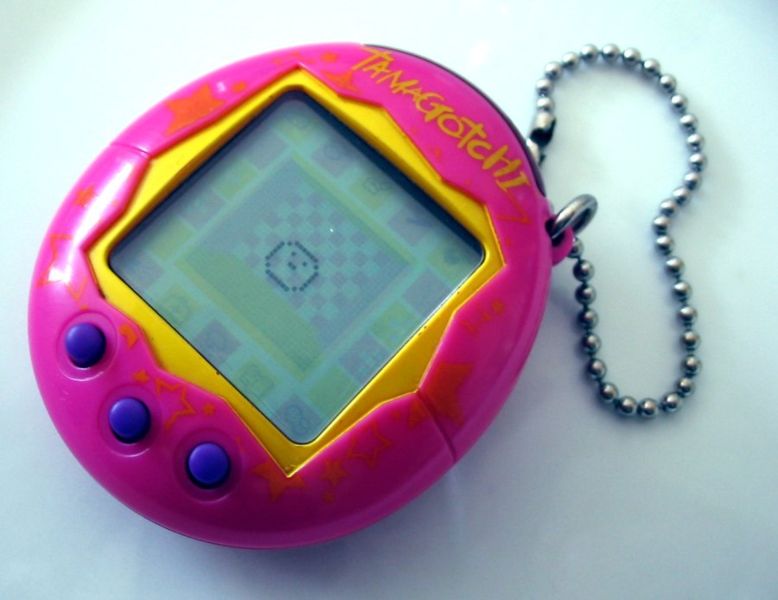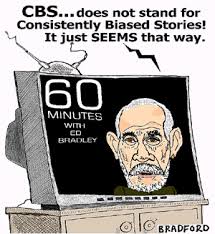A New Definition of Media
The word media can be interpreted and analyzed in a number of ways. In a traditional sense, and according to Webster’s dictionary, it is “a medium of cultivation, conveyance, or expression”. However, many believe that the true definition is relative to each individual, and is more holistic in approach. Personally, I believe that media is a means by which we receive and analyze information through the five senses. In this way, media is not confined to the traditional examples of radio, television, film, etc. Media can now be a term applied to a multitude of different ideas, both abstract and tangible; to describe how we use our senses to interpret what is happening in the world around us. Traditionally, media only involved invoking two of the five senses (sight and sound) in the interpretation of the messages that are disseminated every day. I believe that my proposed definition is a sound one because it shows that media can invoke the use of all of the five senses. This breaks away from the conventional view that only mass media accounts for the ideas described in its definition. With my proposed definition, media takes on the role of a vessel through which our five senses are stimulated.
By observing the development of technology and the improvements in the way we transmit information, we can see that media has evolved. With this evolution of concept comes an evolution in the way we define media. Currently, the touch screen interface has come to the forefront of technology and is ubiquitous in society. The ability to touch a device and have it respond creates a human-like sense of interaction. The act of touching a screen is an extension of one’s body to the device and allows for a different dimension of control. McLuhan says, “With the arrival of electric technology, man extended, or set outside himself, a live model of the central nervous system itself” (43). By this, he means that the technology that we use to disseminate media is essentially a projection of our nervous system. Every type of media is associated with one of the senses, and works in conjunction with our physiology. A sense that people don’t often associate with interpreting media is smell, which believe it or not, has been used to convey an atmosphere. Smell-o-vision has been used in movie theaters, and although it has been slow to catch on in the consumer world, it is an effective tool to deliver a message. No longer are we confined to sight and sound; now our olfactory senses can now be stimulated as well. With a combination of multiple senses, the way that we absorb the media around us is totally altered. McLuhan states, “Physiologically, man in the use of technology (or his variously extended body) is perceptually modified by it and in turn finds ever new ways of modifying his technology” (46). We are naturally inclined to develop newer technology to stimulate our senses to the fullest.
The sense of taste has not been fully explored through a media lens simply because food has never been considered a form of media. However, if we say that media is a means of carrying a message, then food fits the criteria. Certain foods evoke emotions and can transmit a message from the person who prepared the food to the people who consume it. For example, sending someone chocolate or strawberries shows that you are thinking about them; or having your mother cook your favorite meal shows that she cares about you. Since food can evoke emotions and convey feelings from one human being to another, I believe it can be considered a form of media. This last sense encompasses the last aspect of my definition of media.
In conclusion, media is relative to the consumer and people prefer different types of media over others. However, one thing is consistent, and that is the fact that media has a huge impact on our lives. Although we may define it differently, it undoubtedly challenges us to think of new ways to engage our five senses.







 Halloween at Babson and all over the United States is a exciting time of year when we can live vicariously through our favorite pop culture icons, monsters, and villains. The costumes in themselves are an important medium, especially around one of our favorite holidays. It allows us to become someone or something else, and mask our true identities. Personally, I love costumes that play on inside jokes or obscure pop culture references, just because when your audience figures out who you are dressed as, it makes it so much funnier. I did some research and I found out that the tradition of wearing Halloween costumes arises from the Pagan holiday called Samhain, in which individuals dressed as evil spirits to get rid of them. Today, we have given it a much more secular meaning, and dressing up is something that we can all enjoy. My point is that costumes are a medium that influence the audience that we project them to. For example, a girl who is scantily clad at a costume party is obviously doing so for a reason. For others, taking a more conservative approach shows their personality as well. There is something for everyone, and personally, I love costumes that I can craft out clothes that I have and a few scarce resources. Being the broke college student that I am, this Halloween I decided to dress up as Token from South Park. All I needed was a purple t shirt, black pants, and a yellow letter T on my t shirt. It worked out well because the audience decoded the character, and appreciated the resourcefulness with which I made my costume. Not to mention that I bear some resemblance to him. Here is what token looks like haha:
Halloween at Babson and all over the United States is a exciting time of year when we can live vicariously through our favorite pop culture icons, monsters, and villains. The costumes in themselves are an important medium, especially around one of our favorite holidays. It allows us to become someone or something else, and mask our true identities. Personally, I love costumes that play on inside jokes or obscure pop culture references, just because when your audience figures out who you are dressed as, it makes it so much funnier. I did some research and I found out that the tradition of wearing Halloween costumes arises from the Pagan holiday called Samhain, in which individuals dressed as evil spirits to get rid of them. Today, we have given it a much more secular meaning, and dressing up is something that we can all enjoy. My point is that costumes are a medium that influence the audience that we project them to. For example, a girl who is scantily clad at a costume party is obviously doing so for a reason. For others, taking a more conservative approach shows their personality as well. There is something for everyone, and personally, I love costumes that I can craft out clothes that I have and a few scarce resources. Being the broke college student that I am, this Halloween I decided to dress up as Token from South Park. All I needed was a purple t shirt, black pants, and a yellow letter T on my t shirt. It worked out well because the audience decoded the character, and appreciated the resourcefulness with which I made my costume. Not to mention that I bear some resemblance to him. Here is what token looks like haha:





